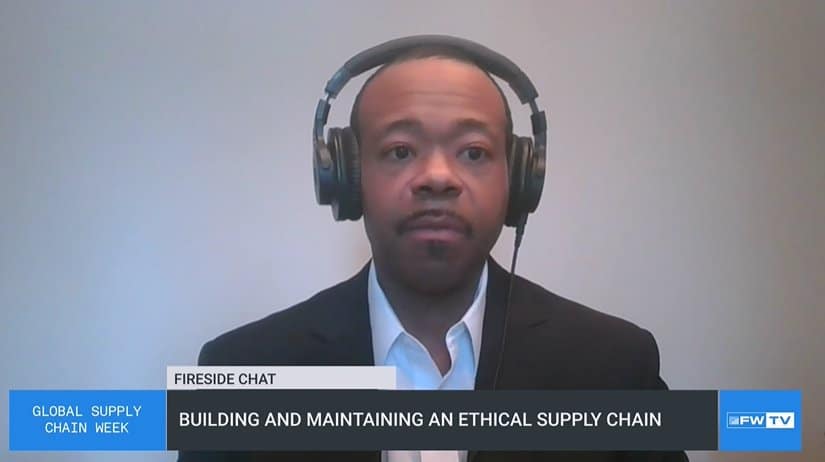This fireside chat recap is from Day 5 of FreightWaves Global Supply Chain Week. Day 5 focuses on energy, chemicals and mining.
FIRESIDE CHAT TOPIC: Building and maintaining an ethical supply chain
DETAILS: International supply chains can be opaque specifically to hide unethical behavior at the source. Blockchain can be used to ensure that supply chains do not incorporate unethical labor practices.
SPEAKER: Justin Goldston, a Penn State University professor
BIO: Goldston is a professor of project and supply chain management at Penn State whose research focuses on blending the practices of supply chain management, emerging technologies and sustainability to create positive global change. He has over 20 years of experience working with organizations around the world such as Intel, Siemens and Blue Buffalo on business performance improvement, organizational change and enterprisewide digital transformation initiatives.
KEY QUOTES FROM GOLDSTON:
“Supply chains are complex for a reason. In some aspects, we have modern slavery within our supply chains. We have child labor in our supply chains. And I think we can leverage technology such as blockchain to increase the transparency through the supply chain.”
“We can create supply chains where we start from the farm and start putting those transactions on the supply chain in a permission-list blockchain that’s transparent to consumers around the world. So, if you have a particular garment’s lot number on the blockchain, you can track and trace that garment all the way to the source.”
“If, let’s say Amazon, instituted a policy that says all transactions that go into making a particular garment have to be put on the blockchain, then all the business partners will have skin in the game. Whenever a manufacturer has to have its information on the blockchain, it has to go to all of its suppliers and say, ‘In order for us to continue to do business — because Amazon makes up this percentage of my business — you have to put your transaction on the blockchain.’ That’s where we move upstream through the supply chain.”











